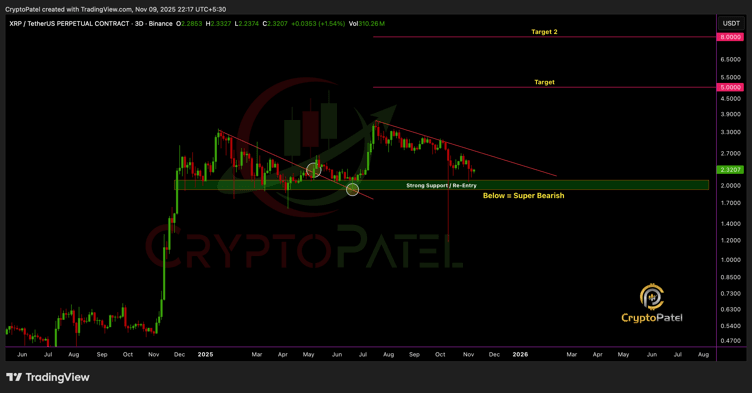ECB Encounters Unparalleled Hurdle as Stablecoins Weaken Authority Over Monetary Policy
- ECB warns stablecoins' rapid growth risks destabilizing markets and undermining monetary sovereignty via dollar-pegged assets. - Dutch central bank governor highlights redemption crises could force asset liquidation, creating cascading macroeconomic shocks. - Euro-backed stablecoin initiatives and digital euro projects aim to counter U.S. dominance while addressing multi-issuer liquidity risks. - Regulatory fragmentation and unclear oversight frameworks remain key challenges as policymakers balance innov
Olaf Sleijpen, governor of the Dutch central bank, cautioned in an interview with the Financial Times that the European Central Bank (ECB) could encounter new and significant risks as stablecoins—especially those pegged to the US dollar—become systemically important. Sleijpen pointed out that the rapid destabilization of stablecoins, due to their dependence on assets such as US Treasuries, might spark macroeconomic disruptions and compel the ECB to reevaluate its approach to monetary policy.

The dangers go beyond simple market swings. A large-scale rush to redeem stablecoins could force issuers to sell off reserves quickly, unsettling bond markets and making it harder for the ECB to manage inflation. The European Systemic Risk Board (ESRB) has voiced concerns about "multi-issuer" setups, where the same tokens are issued both inside and outside the EU, potentially draining European liquidity in times of stress
To address these threats, the ECB and European regulators are speeding up their contingency strategies. A group of nine leading European banks, including ING and UniCredit, is working on a euro-backed stablecoin under the MiCA rules, aiming to decrease reliance on US dollar-based assets. At the same time, the Bank of England has introduced temporary caps—20,000 pounds for individuals and 10 million pounds for companies—to help prevent destabilizing redemption surges.
Nonetheless, regulatory inconsistencies continue to pose challenges. The European Banking Authority (EBA) has observed that the current MiCA protections may not fully resolve the risks of multiple issuers, pending further guidance from the European Commission
Sleijpen’s concerns highlight a larger discussion about how central banks should respond to a financial system increasingly influenced by private digital currencies. "I can’t say which way we would move [regarding interest rates]," he conceded, pointing to the uncertainty caused by stablecoin-related shocks. As the ECB advances its digital euro initiative, scheduled for 2029, policymakers must balance encouraging innovation with maintaining financial stability.
Disclaimer: The content of this article solely reflects the author's opinion and does not represent the platform in any capacity. This article is not intended to serve as a reference for making investment decisions.
You may also like
Telegram (TON) crypto outlook: can bears keep control?
VISA May Integrate with Ripple’s ILP as XRP Holds $1.85–$2 Support

Experts Turn Bullish on XRP as Franklin Templeton ETF Launches on November 18
Smarter Web Company Secures £140K via Latest Share Placement